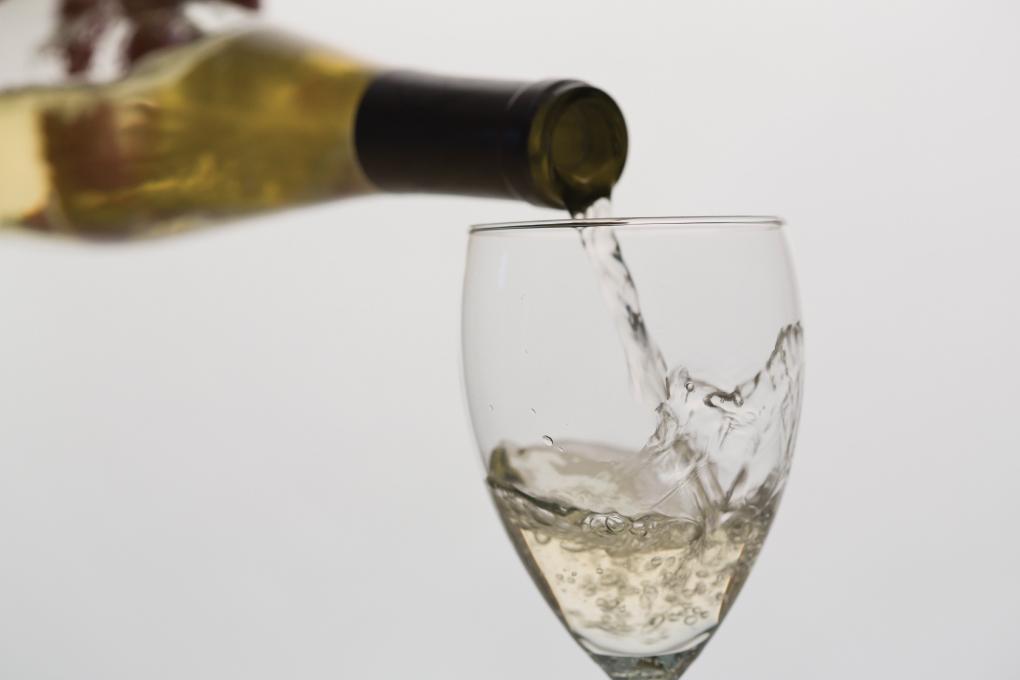Tips and pointers for enjoying a uniquely Canadian sweet treat
In the global world of wine, Canada is renowned for its ice wine.
While conceived in Germany, it is in Canada where ice wine matured and grew into the sweet and luxurious treat for which it is heralded. Our harsh winters — even in the more temperate zones where wine grapes are grown — are ideally suited for allowing bunches of grapes to freeze on the vine, concentrating the flavours and sweetness before they are hand-picked and crushed into a delicious elixir.
“Despite the Canadian nature of ice wine and its popularity around the world — particularly in Asia — ice wine remains a mystery to many Canadian wine lovers,” says Marcel Morgenstern, Director of Sales at PondView Estate Winery. “We seem fearful of how to store it, when to drink it and foods it should accompany.”
First, a bit about ice wine:
The complex process to craft an Ontario VQA Icewine begins before the grape harvest, when vines are selected to stay on the vine and are protected from hungry birds. The harvest for these grapes will typically happen in December or January, after a few consecutive days where the temperature remains below -8°C. Hardy souls brave the frigid temperatures to hand pick the frozen grapes which are pressed while still frozen to extract a small amount of concentrated, sweet juice — estimated at about 15 per cent of the typical yield for that bunch of grapes where they not harvested as little purple marbles of ice. Fermentation is a short process due to the high sugar levels.
The result is a decadent, sweet treat that is relatively low in alcohol. But once the ice wine is in the bottle, the mystery begins. Marcel offers his tips and advice for enjoying Ontario VQA ice wines:
Can I age my ice wine?
While it depends on the type of grape used to make the ice wine, ice wines are generally best enjoyed young. Riesling ice wine is your best bet for laying a bottle down, although Vidal Icewines have been known to age well over five to seven years.
Should I save my Icewine for dessert?
Absolutely not! While we typically associate sweets with dessert, ice wines do quite well before, during or after the main course. Before the meal, a glass of ice wine does quite well on its own, or paired with sharp and salty cheeses or savoury hors d’oevres. Replace some of the vinegar in your homemade vinaigrette dressing with ice wine, and experiment with it in various sauces and glazes. For the main course, it pairs well with rich seafood, sushi and Thai and is a nice balance to spicy foods. In general, look for foods that are salty, acidic or spicy to pair with your ice wine.
But I can have it with dessert, right?
Of course, but be mindful of the other sweets on the table. A dessert too sweet will overpower the ice wine. Ice wine is exceptional with fresh fruits and dark chocolate is often a beautiful match for red ice wines.
How do I serve it?
Ah, a question for the ages. In the past, we have seen Icewines served in small, narrow glasses. But it has been trendy lately to opt for a more traditional wine glass with a larger bowl, which helps concentrate the aromas and amplify the rich flavours of ice wine.
Ice wine … should I keep it in my freezer?
Not at all. You do want your ice wines chilled, perhaps around 10°C, but not so cold that it kills the flavour profile.
“Niagara’s ice wines are truly an example of extreme wine-making at its finest,” says Marcel. “Elegant, silky and lush, there is a fine craft to making ice wines, a craft we are continuing to push forward here in Niagara.”


